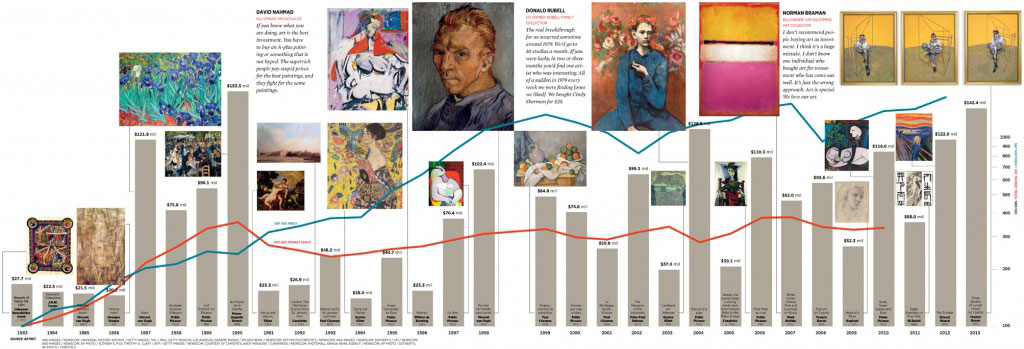Investing In Art A Guide To Collecting
Investing in art has always been a popular topic of discussion among investors. There are those who believe that art is a solid alternative investment, while others argue that it doesn't always make financial sense. In this article, we'll explore both sides of the debate so that you can make an informed decision for yourself.
Definition of Art Investing
Art investing involves buying and selling artwork as an investment. This can include traditional forms of art, such as painting and sculpture, as well as contemporary art and other collectibles. Some investors consider art to be an attractive investment due to its potential to appreciate in value over time. However, it's important to note that investing in art can come with risks, especially for those who may not have experience in the art market.
How to Invest in Art
If you're considering investing in art, there are a few key steps you should take:
- Set a budget: Determine how much money you can comfortably invest in art. Keep in mind that while some pieces may appreciate in value over time, there are no guarantees.
- Do your research: Learn as much as you can about the art market and the specific artists you're interested in. This can help you make more informed investment decisions.
- Buy from reputable dealers: Make sure to purchase artwork from experienced, trustworthy dealers who can provide a history of the piece and ensure its authenticity.
- Consider storage and insurance: Once you've purchased a piece of art, you'll need to think about how to store it safely and protect it with insurance.
Tips for Investing in Art
Here are a few additional tips to keep in mind if you're considering investing in art:
- Invest in established artists: While it can be tempting to try to uncover the "next big thing" in the art world, investing in established artists with a proven track record may be less risky.
- Diversify your portfolio: Don't put all of your investment capital into one piece of art. Instead, consider investing in a variety of pieces to diversify your portfolio.
- Attend exhibitions and fairs: Attending art exhibitions and fairs can be a great way to learn more about the art market and discover new artists.
- Be patient: Art investing is a long-term strategy. Don't expect to make a quick profit if you're investing in art.
Overall, investing in art can be an exciting and potentially lucrative investment opportunity. However, it's important to approach art investment with caution, do your research, and work with reputable dealers to minimize risks. With the right strategy, investing in art can be a worthwhile addition to your investment portfolio.

Post a Comment for "Investing In Art A Guide To Collecting"